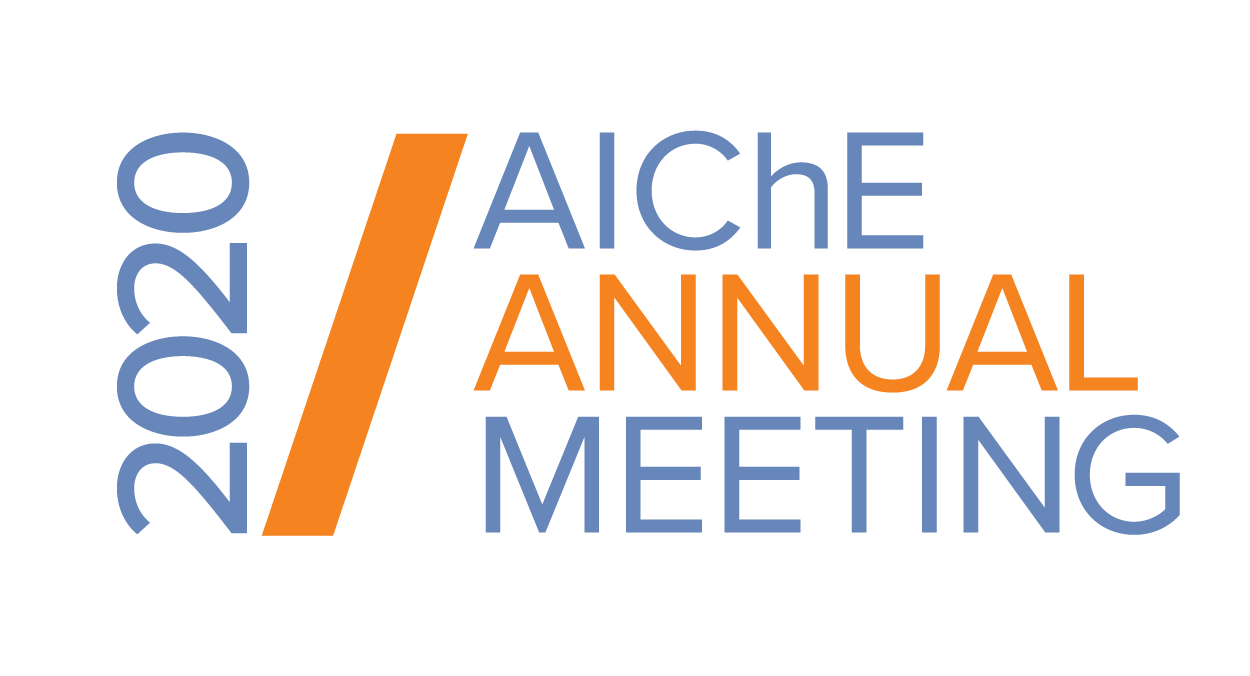

Methods: The current study uses an interregional stock-and flow simulation of the national blood supply chain in the United States. The simulation tracks the quantity and blood type in blood banks and hospitals in 4 regions of the United States as defined by America’s Blood Centers (ABC). Blood units are collected and transferred from blood banks to hospitals within their respective region. A pandemic simulation was performed by reducing the rate of blood donation within each region. Varying reduction and time for recovery were used as metrics to account for variability in the incubation period and duration of the given pathogen. HBOCs were implemented into the model as an RBC substitute that would only be used if no compatible pRBC unit is available to the patient. A half-life based algorithm was used to determine what percentage of patients would need an additional supplement of HBOC due to its relatively low half-life.
Results and Conclusion: With this model, we were able to quantify how HBOCs may help reduce strain on the blood banking system during a pandemic scenario. In these scenarios, HBOCs were able to attenuate the rate of pRBC deficits. We were also able to quantify how many units of HBOCs may be needed in future pandemic scenarios. This tool may be useful in planning and preparing for future pandemic scenarios after HBOCs obtain clinical approval.
